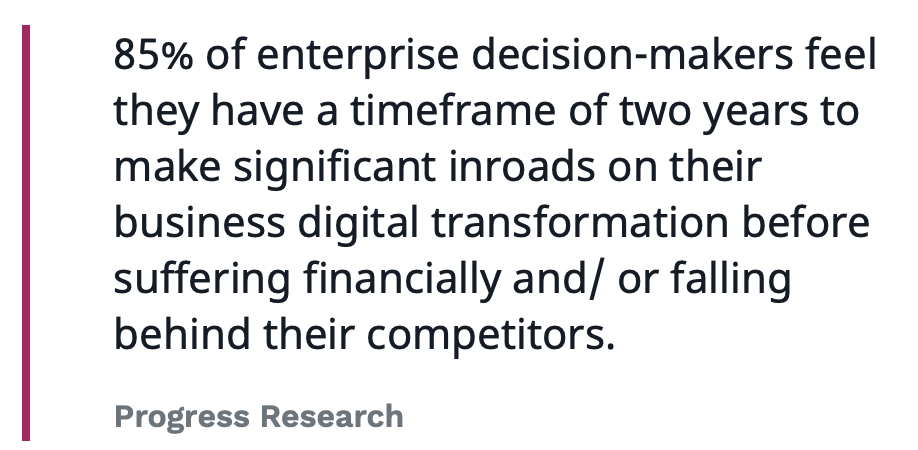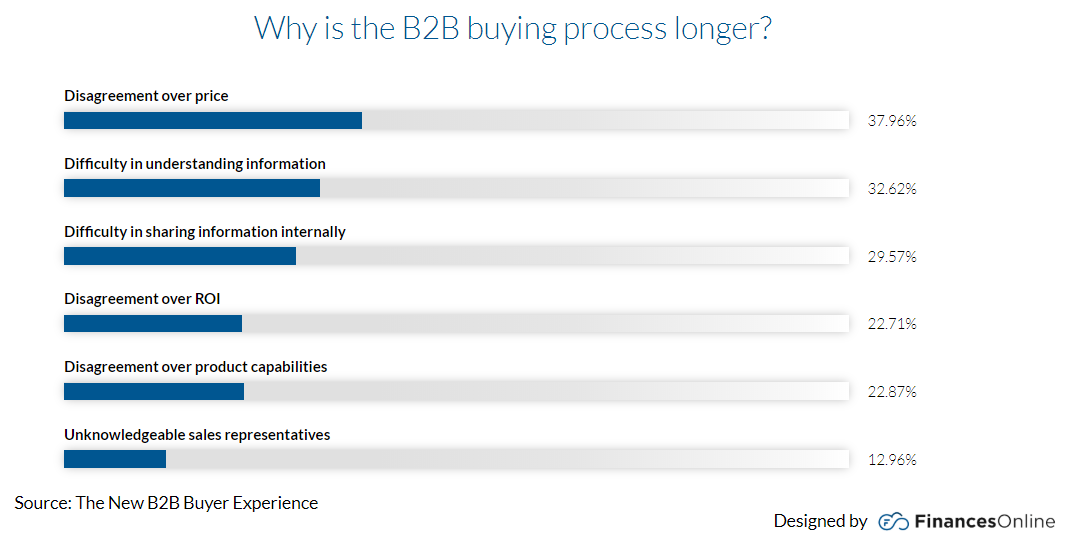How and why B2B eCommerce is accelerating faster than B2C
Welcome to the world of E-commerce, where business transactions are just a few clicks away due to its convenience, accessibility, and potential for increased revenue. While most people associate e-commerce with B2C companies like Amazon and eBay, Alibaba an interesting trend is emerging. Over the years, B2B eCommerce has been growing at an unprecedented rate and now stands ahead of B2C in terms of market share. In this blog post, we’ll explore the reasons behind this shift and how it’s set to revolutionize the way businesses operate worldwide.

B2B e-commerce is growing faster than B2C
In recent years, the B2B eCommerce sector has been growing at an unprecedented pace. In 2022 the global B2B e-commerce market size was valued at USD 7,907.07 billion and is projected to grow at a Compound Annual Growth Rate (CAGR) of 20.2% from 2023 to 2030. What’s driving this growth? One significant factor is the shift towards digitization in business operations. Businesses are increasingly embracing digital technologies to streamline their operations and improve their customer experience. The increasing adoption of technology and digitization in businesses has led to a shift towards online transactions. With the rise of smartphones and other mobile devices, it has become easier for businesses to purchase goods and services online.
As a result, B2B e-commerce platforms are becoming more sophisticated, offering features like real-time inventory tracking, personalized pricing, and more. Unlike B2C companies where consumers purchase goods and services for personal use, B2B deals with transactions between businesses themselves or organizations that require products on a larger scale than individuals. The sheer demand for such large-scale purchases lends itself to digital channels as they offer greater convenience and efficiency.
Furthermore, there are numerous benefits associated with B2B eCommerce compared to traditional methods of procurement. It can lead to cost savings by streamlining supply chains and reducing intermediaries’ involvement while also enabling quicker turnaround times, faster processing times, increased transparency, and improved customer experience. Through B2B e-commerce platforms, businesses can find suppliers quickly from anywhere in the world while reducing their operational costs. B2B e-commerce allows businesses to reach a global audience and grow their customer base beyond geographical boundaries. With B2B e-commerce, businesses can expand their operations into new markets without having to invest in physical stores or locations.
Additionally, B2B buyers are looking for personalized experiences similar to those they encounter in B2C e-commerce. They want intuitive user interfaces, personalized product recommendations, and fast, responsive customer service which is achievable with B2B e-commerce platforms. With the rise of AI and machine learning technologies, B2B e-commerce is offering more sophisticated product recommendations, predictive analytics, and automation capabilities. Buyers can quickly search for products, place orders online, receive quotes, and track shipments in real-time at any time of day through various devices such as computers, tablets, or smartphones. This eliminates the need for traditional methods such as phone calls or fax orders, which are more time-consuming.
For sellers, B2B e-commerce enables automated inventory management systems that help maintain accurate product information across different sales channels while reducing errors associated with manual updates. As a result, sellers can significantly reduce overhead costs associated with order processing. Moreover, data analytics from B2B transactions helps companies identify trends in buyer behavior enabling them to make informed decisions on product offerings based on market demand.
In short, the rise of technology has transformed how businesses operate worldwide – thus leading to a surge in demand for online platforms capable of handling bulk transactions more efficiently than ever before. Thus, the future of B2B e-commerce looks bright, as businesses continue to embrace digital transformation and look for new ways to improve their operations and customer experience.
The future of B2B e-commerce
As we move into the future, B2B e-commerce is only going to continue accelerating and surpassing B2C. With advancements in technology, such as AI and automation, businesses will be able to streamline their processes even further and provide an even better experience for their customers.
Furthermore, with many companies operating remotely during COVID-19 pandemic lockdowns worldwide; it became essential for them to adapt by going digital quickly. This pushed even those hesitant about e-commerce into experimenting with digital solutions – leading to a boom in B2B e-commerce growth! This means that B2B e-commerce is becoming more crucial than ever before.
B2B e-commerce has come a long way from its early days of simply placing orders online. It now offers a wide range of benefits to both buyers and sellers alike. As it continues to evolve and improve over time, we can expect it to become an increasingly integral part of business operations across industries.


